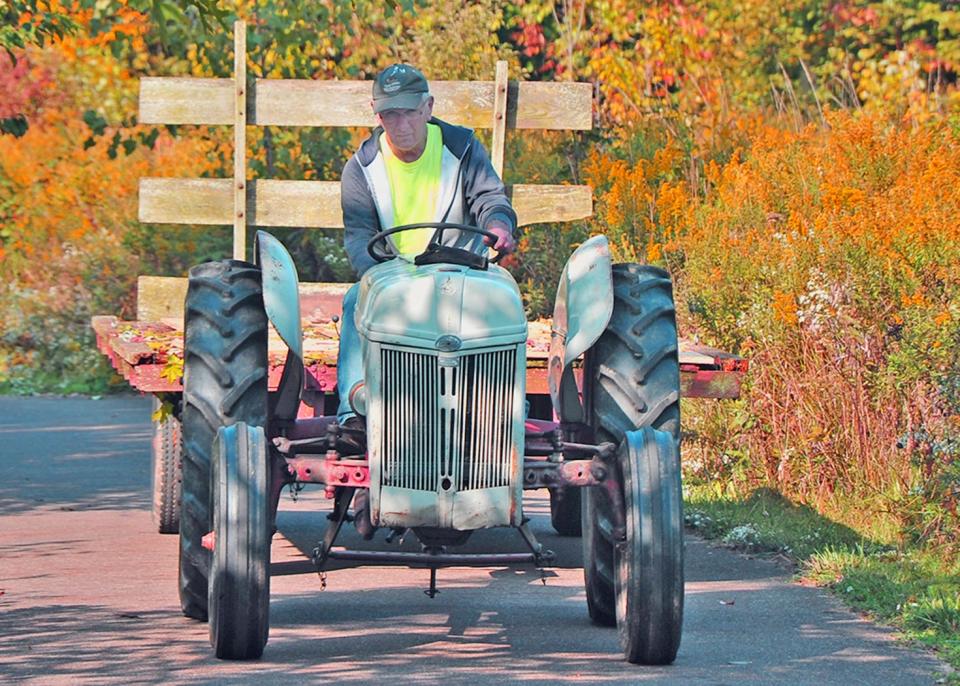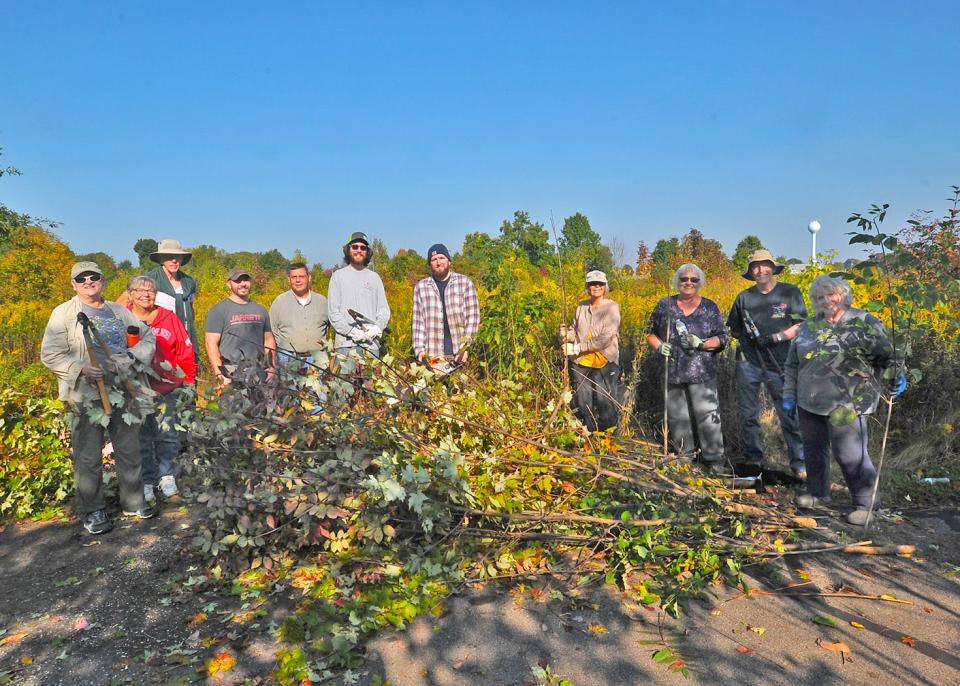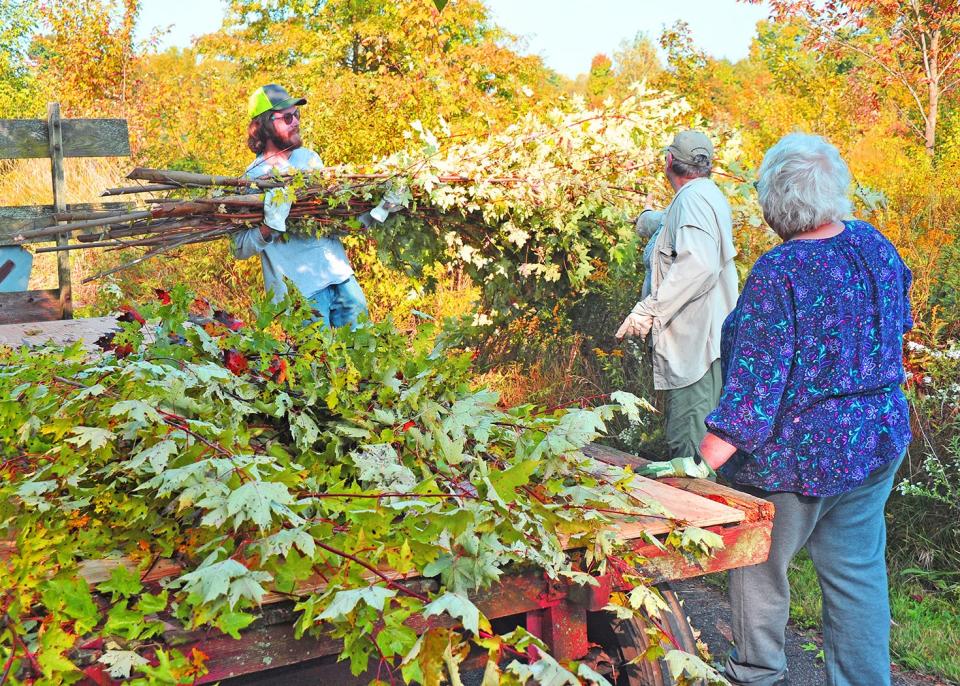Protecting the preserve - why it matters and what to find at Bares
Visiting Barnes Preserve is a great way to relax and enjoy nature. The 76-acre fully accessible nature park, located on Sylvan Road in Wooster, is home to wetlands, woodlands, streams, lakes, prairies and hillsides, making it a sanctuary for a variety of wildlife.
However, maintaining the delicate ecological balance of the preserve takes a small army of volunteers to keep the park looking its best and free of invasive plant species.
Park commissioners spearhead an effort each fall to find and remove invasive saplings that are found taking root in the meadow at Barnes Preserve. Park Commissioner President Denny Jordan said one of the ways an invasive species gets into the park is by birds.

How invasive plants get planted
“If a bird eats a berry from a tree that is not native to the area and drops the seed in the preserve, that seed will grow,” he said. “We have to locate these saplings and remove them.”
Invasive plant species are particularly concerning because native plants support local wildlife, including pollinators, birds, and small mammals that rely on specific plants for food and habitat. To protect the integrity of the preserve’s biodiversity, the volunteers take a proactive approach to identifying and removing invasive plant species before they become problematic.
“If we don’t remove the invasive plants, we will eventually end up with 76 acres of forest and all of the animals associated with it,” Jordan said. “The forest is only a portion of Barnes Preserve. The diversity of animal species increases by having wetlands, meadows, and woodlands.”

Ecotones play crucial role in health and diversity of ecosystems
Jordan explained the preserve has a series of ecotones.
Ecotones, also known as transitional zones, play a crucial role in the health and diversity of ecosystems. These unique areas are where two or more different ecosystems meet, like where a meadow meets a forest. These transitional zones create a dynamic and rich environment, and they serve as important habitats for various plant and animal species. One of the critical benefits of ecotones is their ability to support biodiversity.
The transition between different ecosystems also creates a mosaic of habitats, allowing species from both ecosystems to coexist and interact. Increased diversity enhances resilience and stability.

Monarch Butterfly habitat
They also facilitate the movement of species like Monarch Butterflies, providing important migration corridors. Furthermore, ecotones serve as valuable research sites, offering scientists insight into the functioning and dynamics of ecosystems.
“We maintain a habitat for Monarch butterflies,” said Park Commissioner Joe Reed. “We remove certain species that will overtake milkweed, a main source of food for the Monarchs during their migration. Meadows like this offer habitat and food for several species, but the butterflies come every year, and their habitat is threatened, so this is helpful.”
Dan Starcher is the public communications coordinator for the Wayne County government.
This article originally appeared on The Daily Record: Preventing invasive species part of Barnes Preserve maintenance

